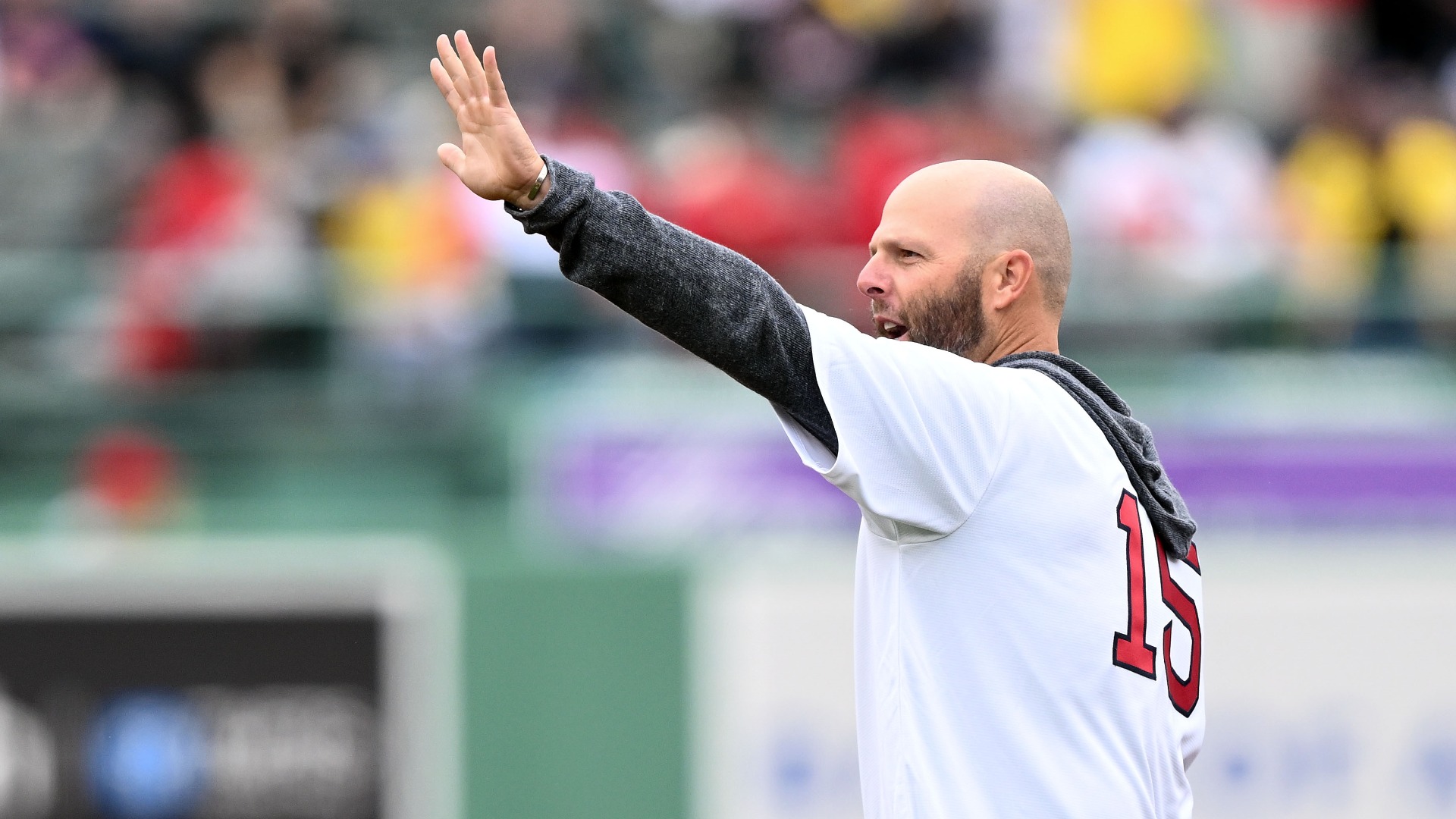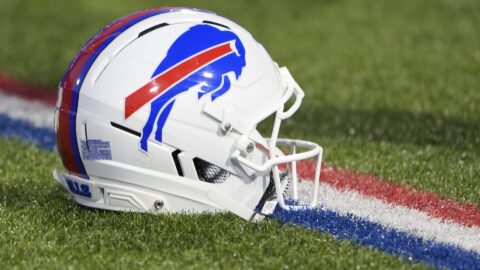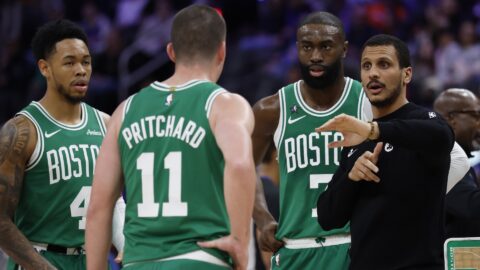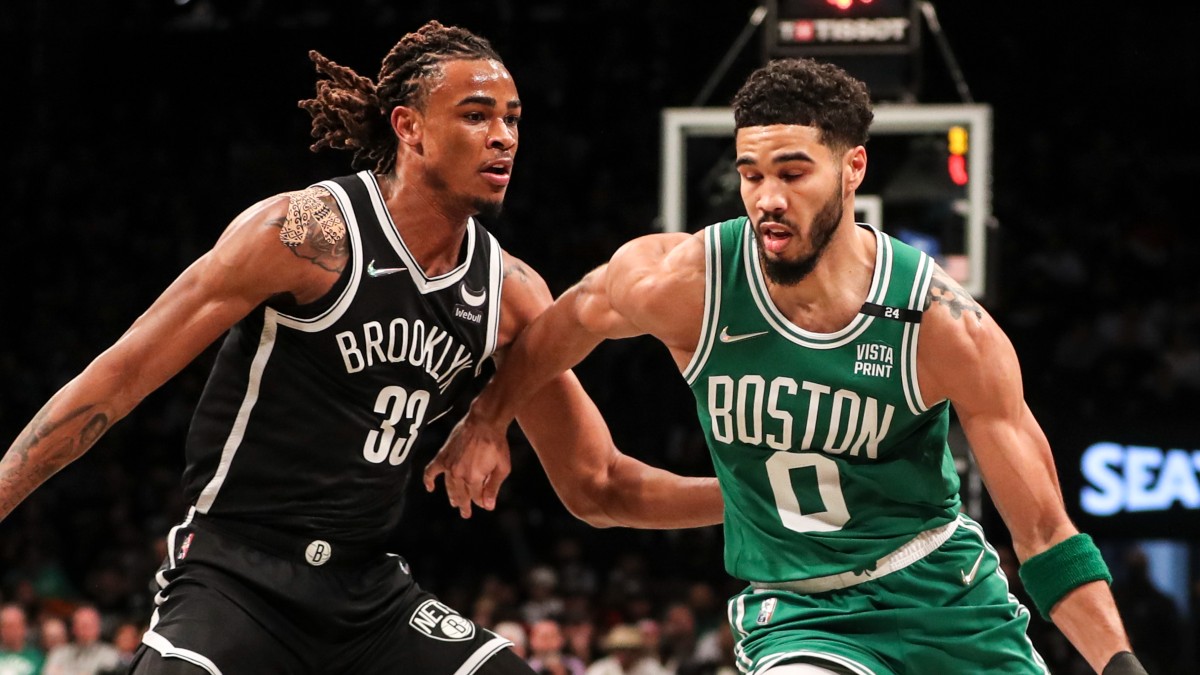Baseball, unlike any other sport, allows for history to provide conclusions to arguments both big and small. The one raging more than any right now is that surrounding Derek Jeter and the New York Yankees.
One camp sees a shortstop prepared to turn 37 and coming off the worst season of his career. While it recognizes his contributions to the franchise and his track record, the group sees merit in holding the line in contract negotiations. The other camp trumps up those contributions to legendary status and assumes that 2010 was an aberration — Jeter has several productive years left, they say.
Using history as a measure, both are right. Sure, it’s difficult to compare different eras and how one player would translate in another’s time, but heck, it’s fun to try.
Below are examples of comparable star shortstops through the years and what they did around Jeter’s age, and thereafter.
Those who suffered a decline at or around 36
Alan Trammell, Detroit: The Tigers kept bringing Trammell back with one-year deals until it was obvious he had to hang ‘em up. He hit. 329 with 12 homers at the age of 35, in 1993. The final three years of Trammell’s career saw him hit .237 and post some of the worst defensive seasons of his career from a statistical perspective. After playing at least 100 games in all but one season from ’78-93 he was just a bit performer from ages 36-38, averaging only 72 games a year.
Barry Larkin, Cincinnati: A .295 career hitter, Larkin hit .266 from 2001 to 2004, after turning 37. Interestingly enough for those following the Jeter saga, Larkin inked a three-year, $27 million deal after hitting .313 and posting an .876 OPS in 2000. That was a big contract for an aging shortstop, and he probably wasn’t quite worth it if you look solely at the statistics. He may have been paid based more on what he meant to the Reds organization than what he would give in terms of production. Larkin did have a pretty nice season at the age of 40 when he was a .289 hitter and made the All-Star team for the last time, but he averaged just 93 games over those final four years.
Phil Rizzuto, New York: The last great Yankees shortstop before Jeter and one of the guys Jeter has looked up to, Rizzuto was not the same type of player (he was roughly nine inches shorter than Jeter and survived more on hustle and heart). The “Scooter” won an MVP at the age of 32 but took a nosedive as he approached the age of 37. He hit .195 in 127 games in the year he hit that age (1954) and was released 31 games into the 1956 season as a 38-year-old with an eye on the broadcast booth.
Pee Wee Reese, Brooklyn/Los Angeles: While we are on the topic of Rizzuto, let’s look at his crosstown rival, whose career path suggests a similar swoon. A .309 hitter in 1954, Reese turned 37 in July of the following season and struggled down the stretch. He then faded in his final three seasons, posting a .242 mark and beginning to get more time at third base as his defense became more of an issue at short.
Those who finished strong after reaching Jeter’s age
Cal Ripken, Baltimore: OK, so Ripken’s ability to remain productive may have had to do with his switch to third base, a less demanding position, in 1997, a season that saw him turn 37. He managed quality, if not spectacular, campaigns that year and again in 1998 before going off in 1999, despite having some injury issues. From May 14 onward, he was a .357 hitter with 18 home runs, not bad for a guy going on 39 at the time. The Iron Man did have a slight falloff in his final two seasons but still managed to club 29 homers in limited action.
Ozzie Smith, St. Louis: Like Rizzuto and Reese, Smith was not cut from the same mold as a Jeter or a Ripken or a Larkin, the newer breed of big, powerful shortstops. But he had some Ozzie Smith-like years in the twilight of his career. After turning 37 in 1992, he hit .295 and stole 43 bases for the Cardinals while winning his 13th straight Gold Glove. Smith was a .288 hitter at 38 and posted another exceptional year with the glove the following season, 1994. Although his average suffered a Rizzuto-like dive in ’95, Smith went out on top with a productive 82-game season in 1996 at the age of 41.
Luis Aparicio, Chicago White Sox/Baltimore/Boston: This one is a bit of a stretch. Aparicio’s best years from an offensive standpoint may have come at the ages of 35 and 36. He then went to Boston and suffered a bit of a regression. However, a closer look reveals that Aparicio, perhaps like Jeter, had really one off year before he finished well for the Red Sox. In 1971, as a 37-year-old, he was a .233 hitter with an abysmal .587 OPS. He was a .264 hitter in the following two seasons, not eye-popping but above his career norms, and he reached double figures in stolen bases for the first time in four years as a 39-year-old in 1973, his final season. OK, we said it was a stretch, but there you go.
Luke Appling, Chicago White Sox: At 36, Appling did something a bit more remarkable than others on this list, with the exception of Rizzuto and Reese. Fresh off his second American League batting title, Appling went off to war, missing the 1944 season. No worries. Appling returned and hit .309 from 1945-49, posting a .301 mark with 58 RBIs at the age of 42. His .833 OPS that year was surpassed just four times in his 20-year career.
Again, it might not mean much to look at other Hall of Fame shortstops (in Larkin’s case, Hall of Fame worthy), but there is precedent for those on both sides of the Jeter debate.



